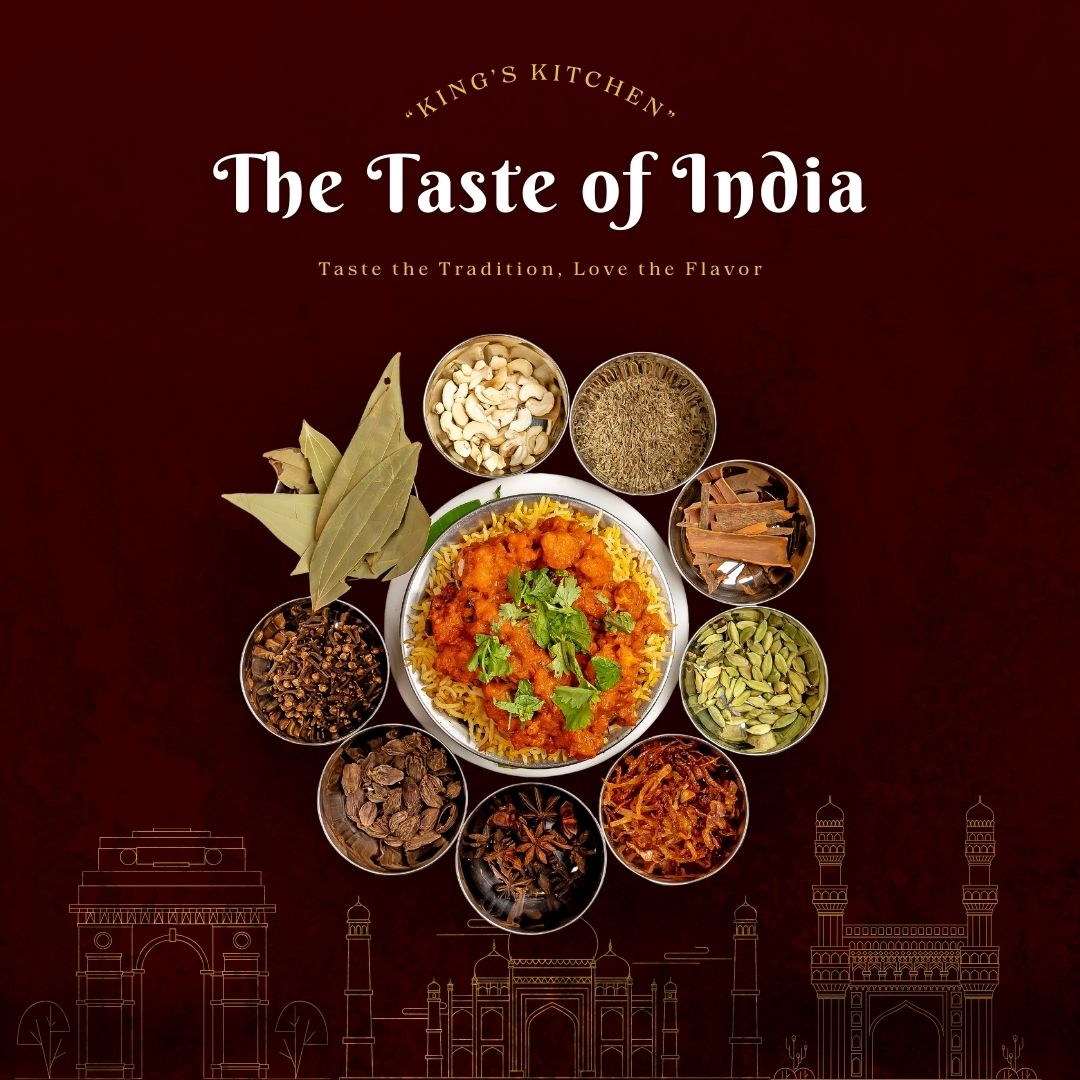
Introduction to Cumin Export from India
India, known as the land of spices, leads the world in cumin production and export. The cumin export from India has seen rapid growth over recent years, driven by high global demand. This distinct spice, revered for its rich, earthy flavor and various health benefits, plays an essential role in both international kitchens and the economy of India. The cumin export from India has firmly established itself, bringing Indian culinary and medicinal heritage to a global audience.
The Popularity and Growth of Cumin Export from India
India produces over 70% of the world’s cumin, primarily in the states of Gujarat and Rajasthan. The cumin export from India constitutes a significant portion of the country’s spice exports, alongside turmeric, black pepper, and chili. As demand for this essential spice rises, the cumin export from India is expected to continue booming, benefitting both farmers and exporters.
India’s cumin is highly favored in countries across the Middle East, Europe, and North America for its:
- Unique Flavor Profile: Indian cumin has a distinct, pungent flavor that sets it apart.
- Medicinal Benefits: Known for digestive and anti-inflammatory properties, cumin is a staple in traditional Indian medicine and has gained popularity as a health supplement.
- Sustainable Farming Practices: The cumin export from India benefits from organic and chemical-free cultivation, enhancing the spice’s appeal to consumers who value natural products.
Major Markets for Cumin Export from India
The demand for cumin export from India spans various regions, with the highest demand coming from the United States, Europe, and the Middle East. Here’s a look at some of India’s top export destinations:
- United States: Cumin is widely used in Mexican and Latin cuisines, making the U.S. a prime destination for cumin export from India.
- Middle East: Cumin is a key ingredient in Middle Eastern dishes, including hummus and falafel, making the Middle East a high-demand region for cumin export from India.
- Europe: Driven by multicultural influences, Europe shows steady demand for cumin export from India, particularly in the UK and Germany.
The Cumin Export Process from India
To ensure quality, the cumin export from India involves a multi-step process:
- Harvesting: Cumin is harvested in February and March, with farmers carefully timing the process to maintain the highest quality.
- Cleaning and Sorting: Once harvested, cumin seeds are cleaned and sorted to remove impurities, ensuring only premium quality cumin is selected for export.
- Packaging: Proper packaging is essential in cumin export from India. The seeds are packed in moisture-proof bags to preserve aroma and freshness.
- Quality Control and Certification: The cumin export from India must meet stringent international standards to pass regulatory checks, especially in the EU and U.S.
- Shipping and Logistics: To maintain quality, the cumin is shipped under controlled conditions, preventing spoilage and ensuring that the cumin export from India reaches global markets in prime condition.
Challenges in the Cumin Export from India
Although the cumin export from India has thrived, it faces several challenges:
- Climate Sensitivity: Cumin crops are highly sensitive to climatic conditions, affecting annual production and export capacity.
- Price Volatility: Global demand and production fluctuations can create instability in the cumin market, affecting profitability for the cumin export from India.
- Compliance with International Standards: Exporters must navigate complex international regulations for cumin export from India to avoid rejections and ensure consistent trade.
Despite these challenges, the cumin export from India has managed to maintain its stronghold in the global spice market.
Government Support for Cumin Export from India
The government has introduced several initiatives to support the cumin export from India:
- Spice Board of India: The board assists exporters by providing certification, quality assurance, and promotional support for the cumin export from India at trade fairs.
- Subsidies and Grants: Indian farmers and exporters benefit from subsidies that support infrastructure and organic farming practices, enhancing the value of cumin export from India.
- Organic Farming Promotion: There is an increased focus on organic practices, allowing the cumin export from India to cater to a growing market of organic product consumers.
Future of Cumin Export from India
With health trends on the rise, the cumin export from India has a bright future. Health-conscious consumers worldwide increasingly prefer natural and functional foods, which boosts demand for Indian cumin. As Indian cuisine gains traction globally, the cumin export from India will likely continue its upward trend, introducing more people to India’s rich flavors and heritage.
Value-added products, like cumin oil and powder, present additional growth opportunities. By focusing on these, the cumin export from India can target new consumer segments and increase its global reach.
Conclusion
The cumin export from India is more than just a trade; it’s a bridge between cultures, introducing the world to India’s rich culinary legacy. Despite challenges, India’s cumin export trade showcases the resilience and dedication of farmers, exporters, and government support systems. As cumin export from India continues to thrive, it reaffirms India’s status as a global spice leader, with an enduring commitment to quality.
The cumin export from India is a testament to the nation’s agricultural strength and expertise in delivering premium spices globally. As health-conscious trends increase and more countries explore Indian cuisine, the world will continue to celebrate the flavors, aroma, and heritage carried by every cumin seed from India.




